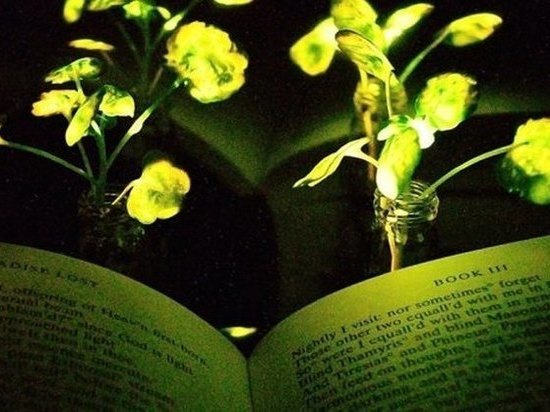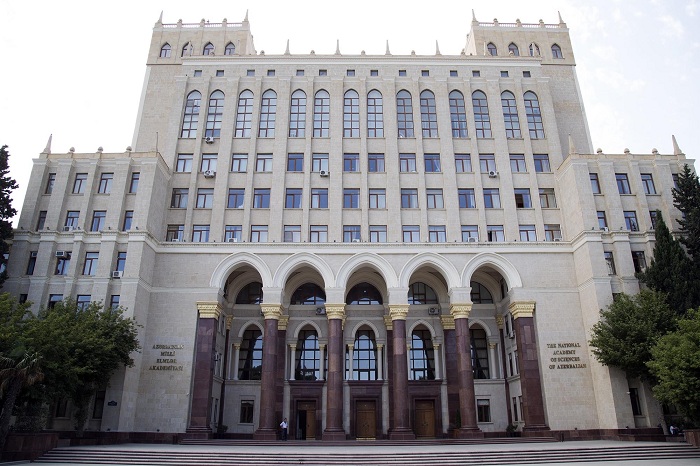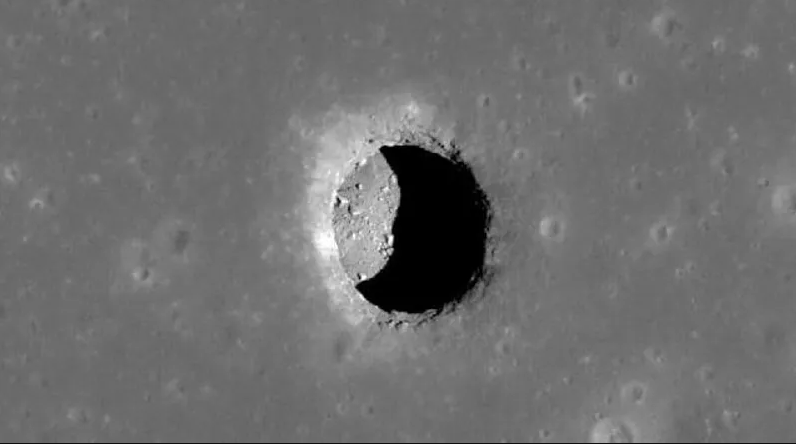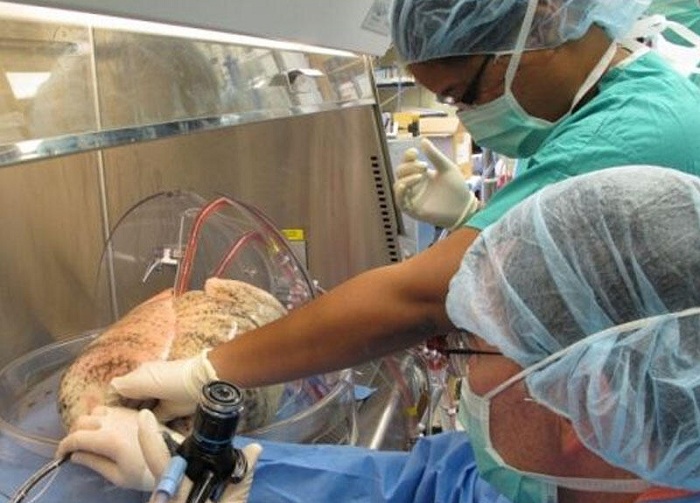
- A-
- A
- A+
In the United States invented the glowing flowers that can serve as lanterns
It is known that some organisms are able to glow in the dark, but they do not Shine so brightly as to serve as a source of complete street lighting. Experts from the Massachusetts technological University, proposed an approach potentially allows to transform the grass and flowers in full “lamp”, and achieved first success in realization of this idea.
Instead of genetically modifying plants, forcing them to make more and more of the glowing protein, experts have developed a special chemical that causes the glow when a chemical reaction — like approach, according to scientists, is much more promising.
Researchers have created a silicon-based organic polymers and nanoparticles, which in the fabric of the grass and leaves fall special “cocktail” of pigments and enzymes. This will start a chemical reaction, one product of which is the release of energy as light.
If the first samples glowed rather dimly, and the reaction lasted only 45 minutes, that some time later scientists were able to achieve a relatively bright glow, fading 3.5 hours. To ensure sufficient for comfortable reading lighting, they still require thousands of square centimeters “luminous” grass. However, in the future experts hope to further improve the effectiveness of their technology and modify it so that start a chemical reaction it is much easier, and stop it automatically with the first rays of the sun.
According to experts, potentially, their development will reduce the amount of human consumption of electricity by 20 percent as much electricity, according to scientists, today is spent on street lighting.
The experts published their study in the scientific journal Nano Letters.
Similar News
Links




 Elm TV
Elm TV
 Photo
Photo
 Video
Video





